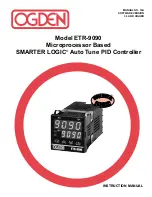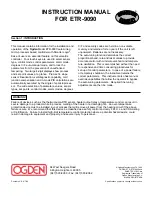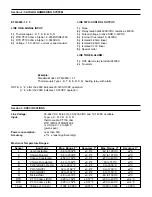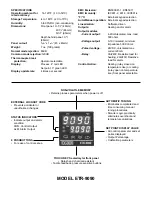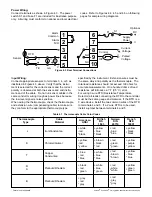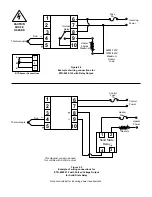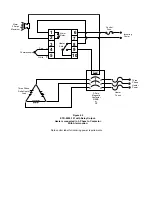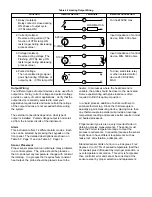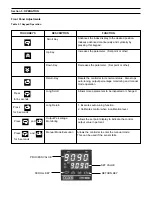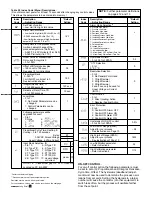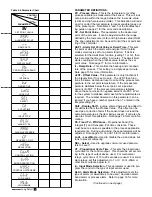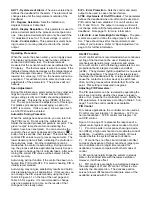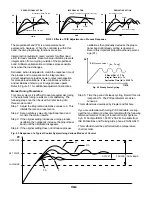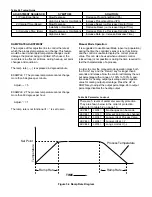
Output Wiring:
Four different types of output devices can be used from
output one. Relay, current, voltage and pulsed voltage
provide a variety of control applications, Verify that the
output device is correctly selected to meet your
application requirements and make certain the ratings
of the output devices are not exceeded before wiring
the system.
The external connections depend on what type of
output is installed. Pulsed voltage output is not isolat-
ed from the internal circuits of the instrument.
Alarm
This instrument offers 14 different alarm modes. Each
one can be selected by pressing the keypads on the
front panel. The detailed descriptions are shown on
Table 5.3, Page 11 and on Table 5.7, Page 16.
Sensor Placement
Proper sensor placement can eliminate many problems
in a control system. The probe should be placed so
that it can detect any temperature change with minimal
thermal lag. In a process that requires fairly constant
heat output, the probe should be placed close to the
heater. In processes where the heat demand is
variable, the probe should be closer to the work area.
Some experimenting with probe location is often
required to find this optimum position.
In a liquid process, addition of a stirrer will help to
eliminate thermal lag. Since the thermocouple is
basically a point measuring device, placing more than
one thermocouple in parallel will provide an average
temperature reading and produce better results in most
air heated processes.
Proper sensor type is also a very important factor in
obtaining precise measurements. The sensor must
have the correct temperature range to meet the
process requirements. In special processes the sensor
might have to have different requirements such as
leak-proof, anti-vibration, antiseptic, etc.
Standard sensor limits of error are ± 4 degrees F (±2
degrees C) or 0.75% of sensed temperature (half that
for special) plus drift caused by improper protection or
over-temperature occurance. This error is far greater
than controller error and cannot be corrected at the
sensor except by proper selection and replacement.
Function
Internal Device:
Terminals:
External Connection:
1. Relay (Isolated).
To line 240VAC max.
Relay contact is closed during
ON phase of output cycle.
(CTRL lamp ON)
2. Current (Isolated.
Input impedance of control
Reverse acting current (The
device, MAX. 500 ohms.
function of CTRL lamp ON
lasts longer during decreasing
process value).
3. Voltage (Isolated).
Input impedance of control
Reverse acting voltage (The
device, MIN. 500K ohms.
Flashing of CTRL lamp ON
lasts longer during decreasing
process value).
4. Pulsed Voltage.
To drive solid state relay
The non-isolated logic signal
or other isolated control
goes high during ON phase of
device 24 VDC/20mA
output cycle. (CTRL lamp ON).
MAX.
LOAD MAX 3A
8
9
9
8
+
–
9
8
+
–
4-20mA
0-20mA
0-10V
+
–
V
8
9
+
–
+
–
Table 4.2 Heating Output Wiring

